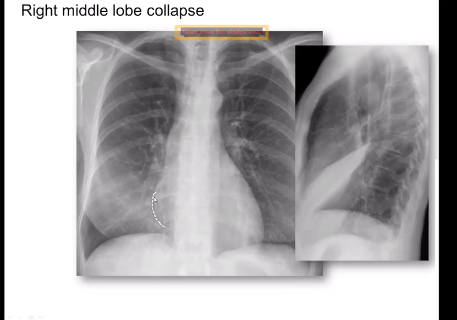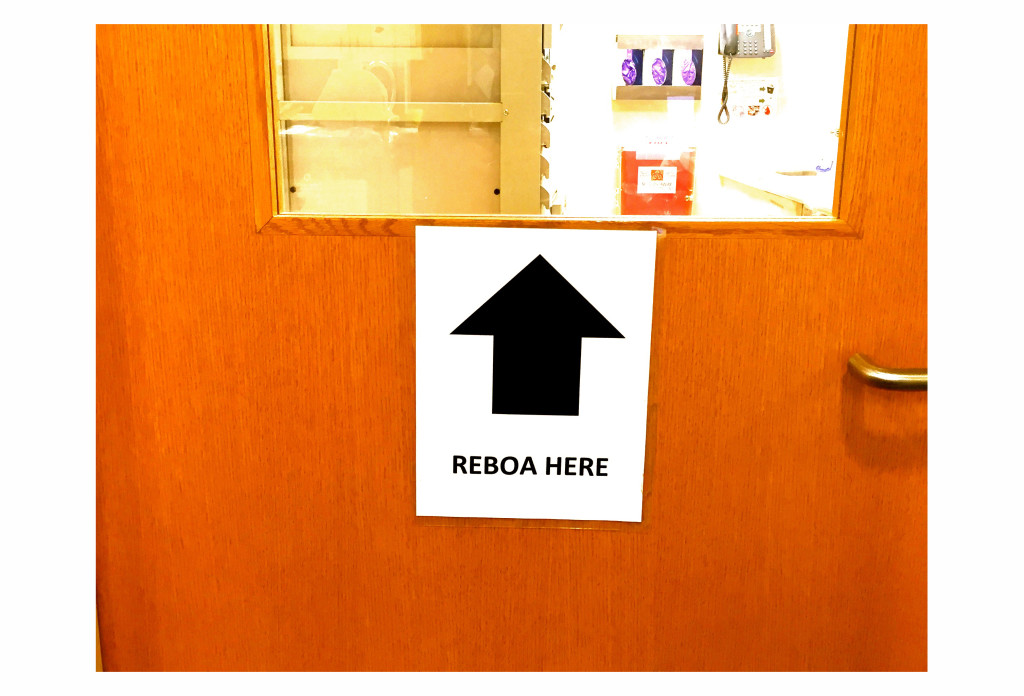This is a rare occasion, for a brief period we were able to lure Brent C. James, M.D., M.Stat. off Capital Hill long enough to allow us to record his brilliance in the form of a 90 minute lecture. Dr. James has earned too many accolades to list all in one place, briefly he joined Intermountain Healthcare in 1986 as the Director of Medical Research and Continuing Medical Education and quickly crafted Intermountain into a juggernaut of medical informatics pushing them to the pinnacles of quality health care. He just recently has stepped down as the Chief Quality Officer to focus more on the teaching aspects of his career as he continues to lead the Intermountain Advanced Training Program. This intensive system has trained >5,000 senior physician, nursing, and administrative executives in clinical quality improvement science and methodology with amazing results and has spawned over 50 “sister” training programs in more than 10 countries. Today were are extremely fortunate as his lecture describes the sad state of where the health care system is and demonstrates ideas where it NEEDS to be. I assure you, you will need to not only hear this lecture, but you will need to hear it several times over to extract just a fraction of the vital information passed along!
Clinical Pearls (Thanks to Dr. Kamel Gharaibeh)
- Our country has been going through a tough time:
- As of 2009, 46 million people had no health insurance
- Medical cost is increasing to the degree that is causing the country to bankrupt
- The fiscal gap(size of the deficit) is a measure of a government’s total indebtedness proposed by economists
- The difference between the present value of all of the government’s projected financial obligations, including future expenditures, servicing outstanding official federal debt, and the present value of all projected future tax and other receipts, including income accruing from the government’s current ownership of financial assets.
- As of 2014, about two thirds of the federal government financial problems are health care related.
- Technically the government of US is bankrupt:
- Sustainable growth rate (SGR) is defined as the annual percentage of increase in sales that is consistent with a defined financial policy.
- This concept provides a comprehensive financial framework and formula for case company specific calculations.
- Payment to physician continued to decline, with a projected drop in payments of 50% by 2020 (when compared to private insurance).
- (Medicare access and chip re-authorization act) MACRA replaced SGR in 2015 and it cost $205 billion over 11 years
- Streamlines and combines multiple physician quality incentive programs.
- Associated with additional drops in payments to physicians.
- This will lead to drop in the physician payment by ~50%. As shown in the figure below:
- The opportunity for improving health care lies in multiple potential areas:
- Massive variation in clinic practice. (Beyond even the remote possibility that all patients receive good care!)
- There are huge geographic variations in the delivery of care.
- High rates of inappropriate care: where the risk of harm inherent in the treatment outweighs any potential benefit.
- Unacceptable rates of preventable care-associated patient injury and death: in 1998, we had 44,000-98,000 preventable deaths.
- Striking inability to “do what we know works”.
- High evidence of benefit especially randomized controlled studies.
- Huge amount of the medical cost comes from unnecessary medical interventions (waste) leading to spiraling prices that limit access to care.
- Around 35-50% of money used in health care is waste.
- We need to focus on the waste and it’s a real opportunity for saving the country from bankruptcy.
- Massive variation in clinic practice. (Beyond even the remote possibility that all patients receive good care!)
- What are the problems with “best care” protocol?
- Lack of evidence for best practice, level 1,2,3 evidence available only about 15-25% of the time.
- We adopted a lot of technologies without good evidence or outcomes.
- Expert consensus is unreliable and it varies between experts, it depends on who you invite.
- Guidelines don’t guide practice.
- Human memory executes correctly in about 50% of the time.
- No two patients are the same, therefore, no guideline perfectly fits any patient with very rare exception.
- Lack of evidence for best practice, level 1,2,3 evidence available only about 15-25% of the time.
- Ideas to improve practice and outcome – shared baseline “lean” protocols:
- Identify a high-priority clinical process.
- “key process analysis”.
- Build an evidence-based best practice protocol.
- Always imperfect, poor evidence, unreliable consensus.
- Blend it into clinical workflow.
- Clinical decision support.
- Don’t rely on human memory.
- Make ‘best care” the lowest energy state, default choice that happens automatically unless someone must modify.
- Embed data systems to track the following:
- Protocol variations.
- Short and long term patient results (clinical, cost, satisfaction outcomes).
- Demand that clinicians vary their approach based on the patient’s needs.
- Feed those data back (variations, outcomes) in a lean learning loop.
- Identify a high-priority clinical process.
Lessons from Dr. James:
- Lesson 1
- We count our successes in lives. Which is not the best measure for good outcomes. We could be much better. Mortality is just the tip of the ICEBERG.
- Lesson 2
- There is nothing new here except the idea that “it takes a team” and perhaps, better process-aligned data systems.
- Lesson 3
- Most often but not always “better care is cheaper care”.
Suggested Reading
- Pronovost PJ, Berenholtz SM, Goeschel CA, Needham DM, Sexton JB, Thompson DA, Lubomski LH, Marsteller JA, Makary MA, Hunt E. Creating high reliability in health care organizations. Health Serv Res. 2006 Aug;41(4 Pt 2):1599-617. [Pubmed Link]
- Berenholtz SM, Pustavoitau A, Schwartz SJ, Pronovost PJ. How safe is my intensive care unit? Methods for monitoring and measurement. Curr Opin Crit Care. 2007 Dec;13(6):703-8. [Pubmed Link]
- Krimsky WS, Mroz IB, McIlwaine JK, Surgenor SD, Christian D, Corwin HL, Houston D, Robison C, Malayaman N. A model for increasing patient safety in the intensive care unit: increasing the implementation rates of proven safety measures. Qual Saf Health Care. 2009 Feb;18(1):74-80. [Pubmed Link]






